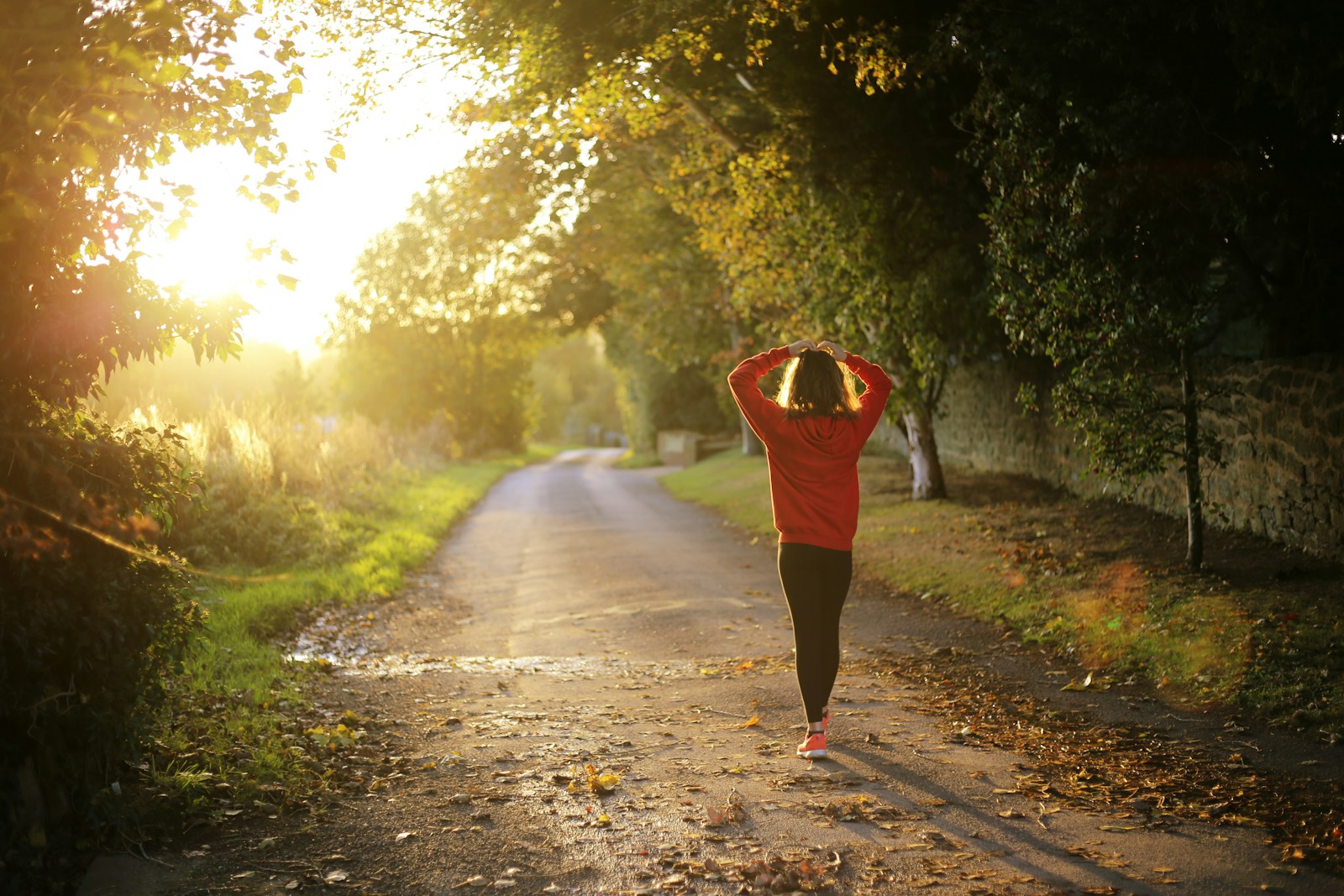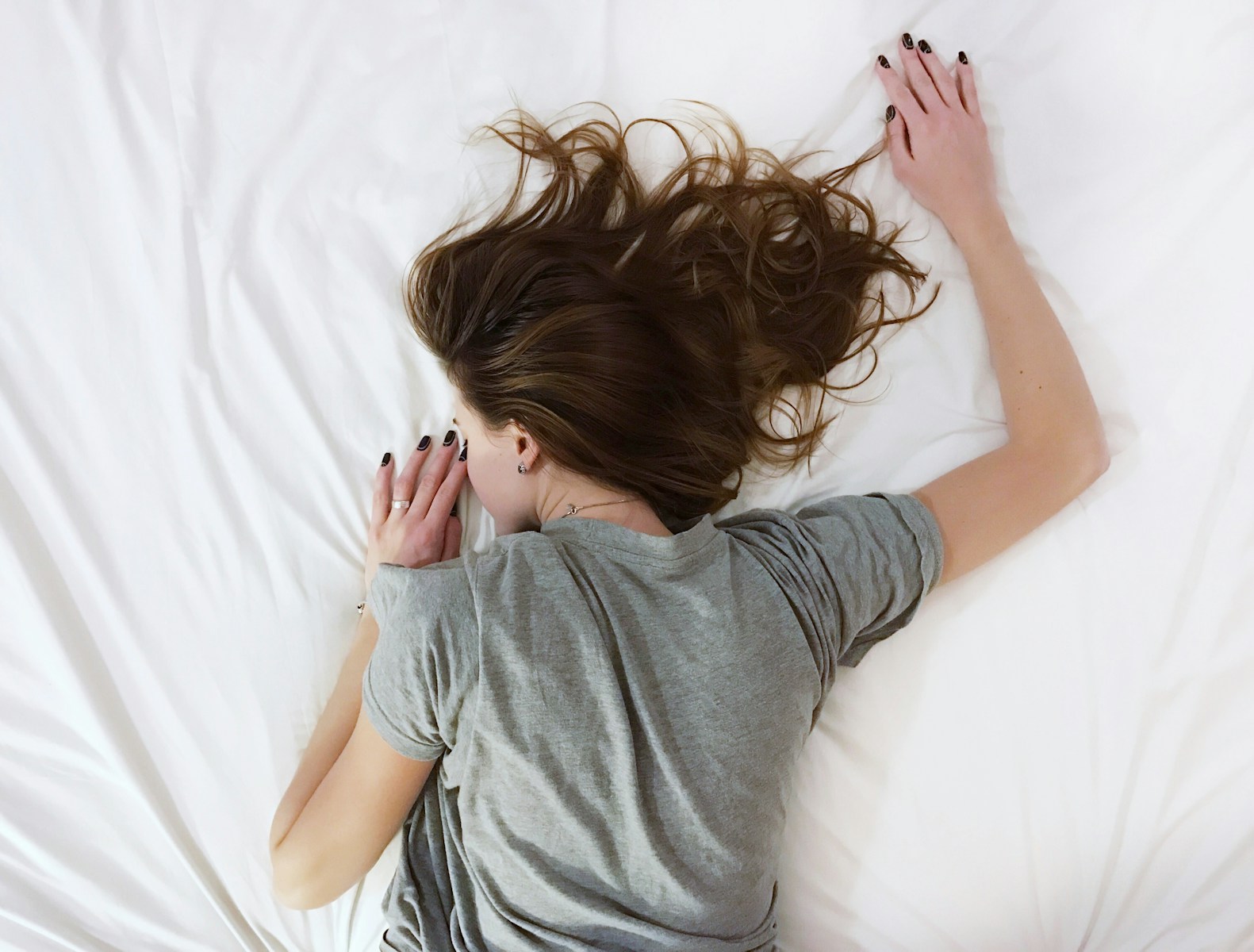Quality sleep is a fundamental pillar of overall health and well-being, often underestimated in its significance. Sleep is not merely a passive state of rest; it is an active process that plays a crucial role in physical health, mental clarity, and emotional stability. During sleep, the body undergoes various restorative processes, including muscle repair, memory consolidation, and hormone regulation.
For instance, the release of growth hormone during deep sleep is essential for tissue growth and muscle development, while REM sleep is critical for cognitive functions such as learning and memory retention. The cumulative effects of inadequate sleep can lead to a myriad of health issues, including obesity, diabetes, cardiovascular diseases, and weakened immune function. Moreover, the impact of sleep extends beyond physical health; it significantly influences mental health as well.
Chronic sleep deprivation has been linked to increased levels of anxiety, depression, and stress. The relationship between sleep and mental health is bidirectional; poor sleep can exacerbate mental health conditions, while mental health issues can lead to disrupted sleep patterns. For example, individuals suffering from anxiety disorders often experience difficulty falling asleep or maintaining sleep due to racing thoughts and heightened arousal.
Understanding the importance of quality sleep is essential for anyone seeking to improve their overall health and quality of life.
Key Takeaways
- Quality sleep is essential for overall health and well-being, impacting physical, mental, and emotional health.
- Different types of sleep aids include natural and herbal remedies, over-the-counter medications, and prescription drugs.
- Consulting with a healthcare professional is crucial before starting any sleep aid regimen to ensure safety and effectiveness.
- Researching natural and herbal sleep aids can provide alternative options for those seeking non-pharmaceutical solutions.
- Over-the-counter sleep aids are easily accessible but should be used cautiously and under the guidance of a healthcare professional.
Identifying the Different Types of Sleep Aids
When it comes to addressing sleep disturbances, various types of sleep aids are available, each with its unique mechanisms and applications. Sleep aids can generally be categorized into three main types: natural remedies, over-the-counter (OTC) medications, and prescription medications. Natural remedies often include herbal supplements such as melatonin, valerian root, and chamomile.
These options are typically favored by individuals seeking a more holistic approach to sleep enhancement. For instance, melatonin is a hormone that regulates the sleep-wake cycle and is commonly used to treat insomnia and jet lag. Valerian root has been used for centuries as a natural sedative, believed to improve sleep quality without the grogginess associated with some pharmaceutical options.
On the other hand, over-the-counter sleep aids are readily available at pharmacies and do not require a prescription. These medications often contain antihistamines like diphenhydramine or doxylamine, which induce drowsiness by blocking histamine receptors in the brain. While they can be effective for occasional sleeplessness, they may not be suitable for long-term use due to potential side effects such as dry mouth, dizziness, and next-day sedation.
Prescription sleep aids are typically reserved for more severe cases of insomnia or other sleep disorders. These medications include benzodiazepines and non-benzodiazepine sedative-hypnotics like zolpidem and eszopiclone. While effective in promoting sleep onset and maintenance, they carry risks of dependency and withdrawal symptoms if used long-term.
Consulting with a Healthcare Professional
Before embarking on any journey to improve sleep quality through aids or medications, consulting with a healthcare professional is paramount. A thorough evaluation by a doctor or sleep specialist can help identify underlying causes of sleep disturbances that may require specific interventions. For instance, conditions such as sleep apnea, restless leg syndrome, or chronic pain can significantly impact sleep quality and may necessitate targeted treatments beyond simple sleep aids.
A healthcare professional can also assess any potential interactions between sleep aids and existing medications or health conditions, ensuring a safe approach to managing sleep issues. In addition to diagnosing potential sleep disorders, healthcare professionals can provide personalized recommendations based on individual needs and lifestyle factors. They may suggest behavioral therapies such as cognitive-behavioral therapy for insomnia (CBT-I), which has been shown to be effective in treating chronic insomnia without the risks associated with pharmacological treatments.
Furthermore, they can guide patients in setting realistic expectations regarding the use of sleep aids, emphasizing that while these aids can be beneficial in the short term, they should not replace healthy sleep hygiene practices or lifestyle changes aimed at improving overall sleep quality.
Researching Natural and Herbal Sleep Aids
| Product | Effectiveness | Safety | Cost |
|---|---|---|---|
| Valerian Root | Good | Generally safe | Affordable |
| Chamomile | Mild | Generally safe | Affordable |
| Lavender | Mild | Generally safe | Affordable |
| Passionflower | Mild | Generally safe | Affordable |
Natural and herbal sleep aids have gained popularity as alternatives to conventional medications due to their perceived safety and fewer side effects. Melatonin is perhaps the most well-known natural supplement for promoting sleep. It is a hormone produced by the pineal gland in response to darkness and helps regulate circadian rhythms.
Research has shown that melatonin supplementation can be particularly effective for individuals experiencing jet lag or shift work-related sleep disturbances. However, it is essential to use melatonin judiciously; timing and dosage play critical roles in its effectiveness. Other herbal remedies worth exploring include valerian root, passionflower, and lavender.
Valerian root has been studied for its sedative properties and may help reduce the time it takes to fall asleep while improving overall sleep quality. Passionflower is another herb that has shown promise in alleviating anxiety-related insomnia due to its calming effects on the nervous system. Lavender, often used in aromatherapy, has been found to promote relaxation and improve sleep quality when used in essential oil form or as a tea.
While these natural remedies can be beneficial for some individuals, it is crucial to approach them with caution; not all herbal supplements are regulated by the FDA, leading to variability in quality and potency.
Considering Over-the-Counter Sleep Aids
Over-the-counter (OTC) sleep aids offer a convenient option for individuals seeking immediate relief from occasional sleeplessness without the need for a prescription. These medications typically contain antihistamines that induce drowsiness by blocking histamine receptors in the brain. Common OTC options include diphenhydramine (found in Benadryl) and doxylamine (found in Unisom).
While these medications can be effective for short-term use, they are not without drawbacks. One significant concern with OTC sleep aids is their potential for side effects. Users may experience grogginess upon waking, dry mouth, dizziness, or even confusion—especially in older adults who may be more sensitive to these effects.
Additionally, reliance on OTC medications can lead to tolerance over time, necessitating higher doses for the same sedative effect. It is also important to note that these medications do not address the underlying causes of insomnia; they merely mask symptoms. Therefore, while OTC sleep aids can provide temporary relief for occasional sleeplessness, they should be used judiciously and not as a long-term solution.
Exploring Prescription Sleep Aids
Prescription sleep aids are typically reserved for individuals experiencing chronic insomnia or other significant sleep disorders that have not responded to lifestyle changes or over-the-counter options. These medications fall into two primary categories: benzodiazepines and non-benzodiazepine sedative-hypnotics. Benzodiazepines such as temazepam and lorazepam are effective in promoting sleep onset but carry risks of dependency and withdrawal symptoms if used long-term.
They work by enhancing the effects of gamma-aminobutyric acid (GABA), a neurotransmitter that inhibits brain activity. Non-benzodiazepine sedative-hypnotics like zolpidem (Ambien) and eszopiclone (Lunesta) are often preferred due to their shorter half-lives and lower risk of dependency compared to benzodiazepines. These medications are designed to help individuals fall asleep faster and maintain sleep throughout the night without causing significant next-day sedation when taken as directed.
However, they are not without risks; side effects can include dizziness, memory problems, and unusual behaviors such as sleepwalking or engaging in activities while not fully awake. As with any medication, it is crucial for individuals to discuss potential benefits and risks with their healthcare provider before starting prescription sleep aids.
Evaluating Lifestyle Changes for Better Sleep
While various sleep aids can provide temporary relief from insomnia or disrupted sleep patterns, sustainable improvements often stem from lifestyle changes that promote better sleep hygiene. Establishing a consistent sleep schedule is one of the most effective strategies; going to bed and waking up at the same time every day helps regulate the body’s internal clock. This consistency reinforces natural circadian rhythms and can lead to improved overall sleep quality.
In addition to maintaining a regular schedule, creating an optimal sleep environment is essential for fostering restful slumber. Factors such as room temperature, noise levels, and light exposure play significant roles in determining how well one sleeps. A cool room temperature—typically between 60-67 degrees Fahrenheit—is ideal for promoting deep sleep.
Reducing exposure to blue light from screens before bedtime can also enhance melatonin production and facilitate easier transitions into sleep. Furthermore, incorporating relaxation techniques such as meditation or deep breathing exercises into one’s nightly routine can help calm the mind and prepare the body for restful slumber.
Implementing a Sleep Routine and Environment
Implementing a structured bedtime routine can significantly enhance one’s ability to fall asleep quickly and enjoy restorative rest throughout the night. A calming pre-sleep ritual might include activities such as reading a book, taking a warm bath, or practicing gentle yoga stretches—each designed to signal to the body that it is time to wind down. Limiting stimulating activities such as intense exercise or engaging discussions close to bedtime can also help create an environment conducive to relaxation.
The physical environment in which one sleeps plays an equally vital role in promoting quality rest. Investing in a comfortable mattress and pillows tailored to individual preferences can make a substantial difference in overall comfort during the night. Additionally, minimizing noise disruptions through earplugs or white noise machines can help create a serene atmosphere conducive to deep slumber.
Darkening the room with blackout curtains or using an eye mask can further enhance melatonin production by reducing light exposure during nighttime hours. By combining these strategies—establishing a consistent routine, optimizing the sleeping environment, and incorporating relaxation techniques—individuals can create a holistic approach to improving their sleep quality over time. This multifaceted strategy not only addresses immediate concerns related to sleeplessness but also fosters long-term habits that contribute to overall health and well-being.





